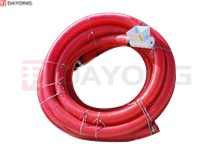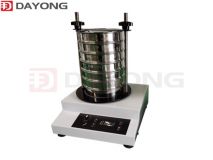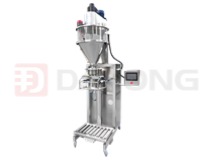The structure of the vibration motor
2023-09-23 15:12:00
The structure of the vibration motor consists of two parts: one is a specially designed drive three-phase asynchronous motor or single-phase motor, the principle of which is the same as that of an ordinary motor, and the other part is an exciting mechanical part with eccentric mass and adjustable eccentricity.

The structure of this type of vibration motor has the following characteristics:
(1) The casing adopts a fully enclosed type, which can often work in a dusty environment. There are ring-shaped cooling ribs on the casing, which can not only increase the heat dissipation performance, but also strengthen the mechanical strength of the casing.
(2) To withstand the output excitation force, the foot (horizontal type) or flange (vertical type) must be strengthened. The structure and fastening parts of the parts of each connecting part are all required to be anti-loosening.
(3) In order to ensure the rigidity of the main shaft, the main shaft is generally designed to be short and thick to meet the needs of strong centrifugal force at both ends of the main shaft. Therefore, the shape of the whole machine is also short and thick.
(4) Heavy-duty vibration-resistant bearings must be used to withstand strong radial loads and transmit exciting forces.
(5) It is required that the structure of the motor coil, lead-out cable and junction box must have the ability to withstand vibration.





 (Live chat)
(Live chat)

_213x160.jpg)



 +86-373-3669005
+86-373-3669005 laura@vibratingscreen.cc
laura@vibratingscreen.cc +86-373-3669006
+86-373-3669006 From West Room 5, 1st Floor, Building 18, Huilong Yangguang Mingyuan, New District, Xinxiang, Henan, China (Mainland).
From West Room 5, 1st Floor, Building 18, Huilong Yangguang Mingyuan, New District, Xinxiang, Henan, China (Mainland). Your Position:
Your Position:



